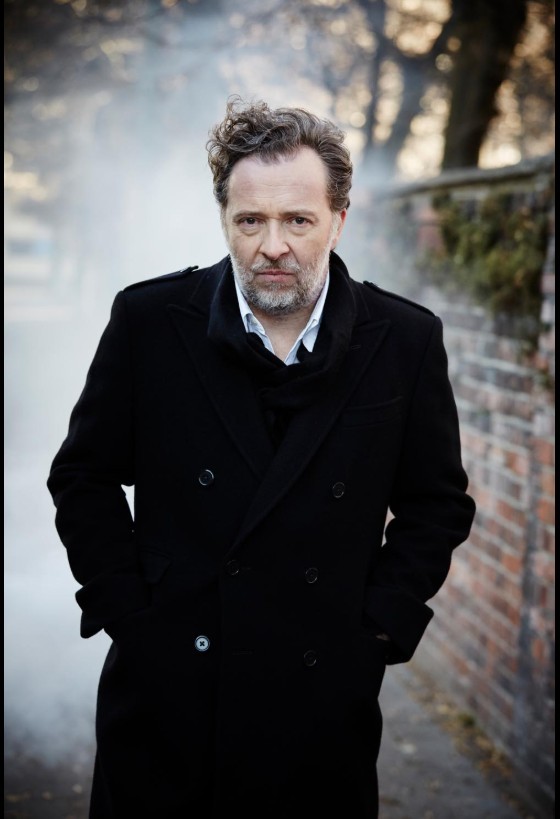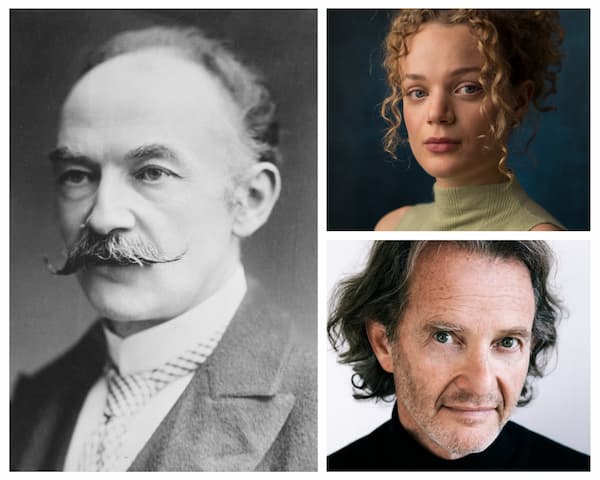Gold Medallist of the Van Cliburn Competition in 2009, Chinese pianist Haochen Zhang embarked on a tour de force in Hong Kong with Rachmaninoff’s Piano Concerto No. 3 in D minor, accompanied by the Hong Kong Philharmonic Orchestra under the baton of Long Yu. Paired with Rachmaninoff’s piquant Symphonic Dances in the first half, the evening promised to showcase a cornucopia of the Russian master’s genius. With its intricate orchestral textures, innovative instrumentation and amalgamation of thematic materials, it wouldn’t be wrong to regard the Symphonic Dances as one of the greatest works by Rachmaninoff.
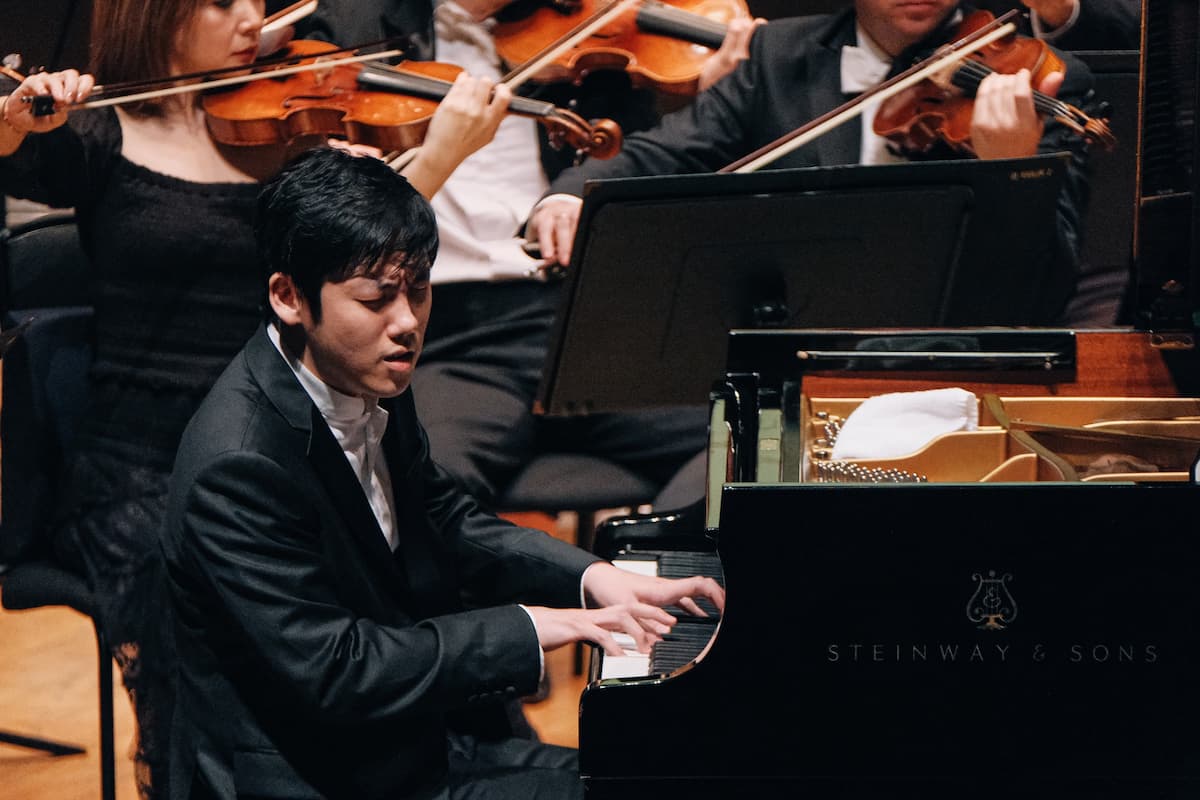
Haochen Zhang © Hong Kong Philharmonic Orchestra
It had a promising start with rhythmic vitality but quickly fell short of expectations. The conductor’s peculiar tendency to rush detracted from the work’s true essence – poetry and expressiveness became rarities; subtleties were sacrificed for an unseemly velocity that jeopardise the refinement in phrasing and technical precision. The inner voices of the first dance were only occasionally discernible; the intimate dialogue between wind instruments was reduced to monotony; the expansive nostalgia towards the end remained elusive.
The second dance, though not without lush moments, moved with an inexplicable rigidity that failed to convey the underlying waltz pulse and displayed a lack of elasticity in phrasing. In contrast, the third dance was relatively well-formed with much exuberance, despite resembling more of a fanfare than a struggle between life (quote from Blagosloven yesi, Gospodi (Blessed Art Thou, O Lord) of his All-night Vigil, portraying Christ’s Resurrection) and death (Dies Irae theme). The marking Alliluya towards the end clearly symbolises the victory of life over death. However, the coda was pushed to an extreme, where speed and volume seemed to be mistaken for authenticity. The imposing nature of the near-military return of the All-night Vigil quote was lacking, whereas the indication Laisser vibrer (i.e. let vibrate) of the tam-tam at the end was left unheeded.
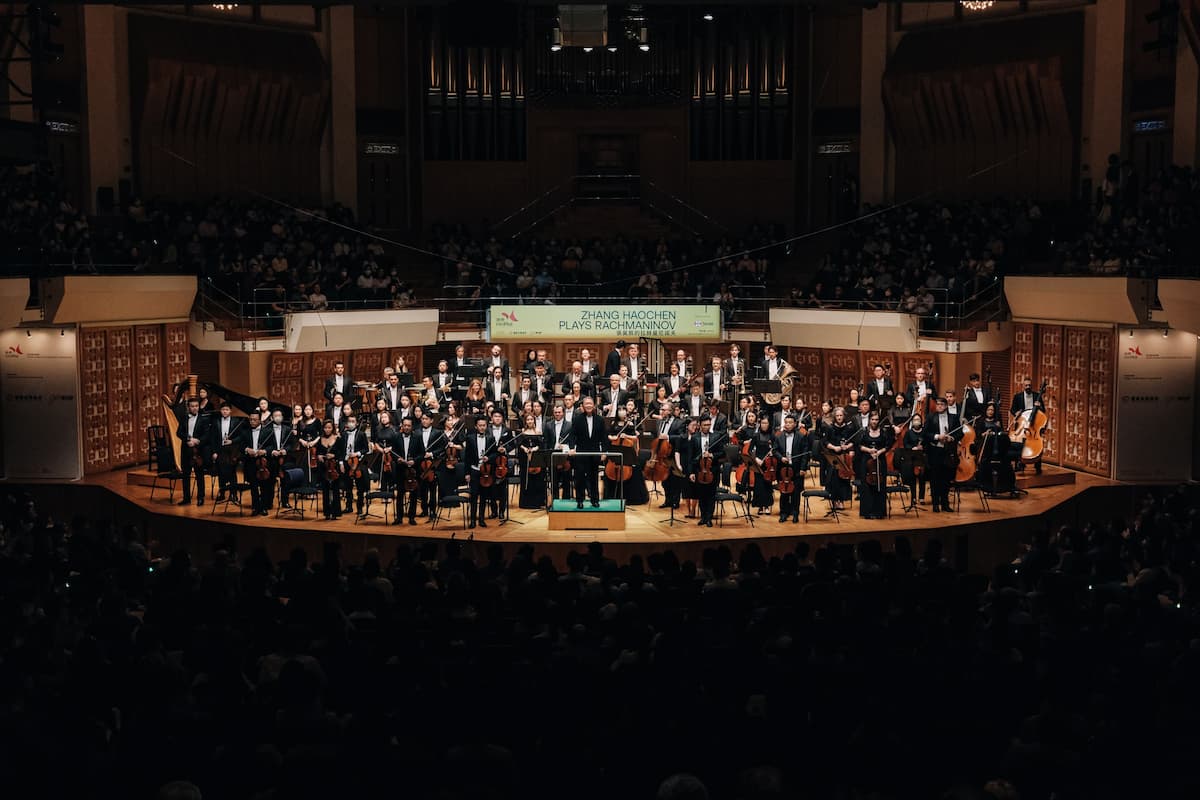
Conductor Long Yu with Hong Kong Philharmonic Orchestra © Hong Kong Philharmonic Orchestra
Following the intermission, Rachmaninoff’s Piano Concerto No. 3 found greater musical conviction in the hands of pianist Haochen Zhang. The introspective opening gradually gained momentum, although the orchestra often overpowered the piano, likely due to the venue’s acoustics. Zhang executed the treacherous ossia cadenza with assurance, conjuring a coherent, if slightly wayward, narrative. The glorious climax in D-flat major of the Intermezzo was resplendently conveyed with ample grandeur, yet the waltz-like pulsation in Poco più mosso was not readily evident. This soon gave way to the final movement at a blistering tempo, which, while exhilarating, diminished nuances in the orchestral accompaniment. Even at the (unnecessary) breakneck pace, Zhang’s playing remained technically solid, especially in the Vivace section preceding the cadenza. The ending was rightfully grandiose but lacked a sense of triumphing over adversities.
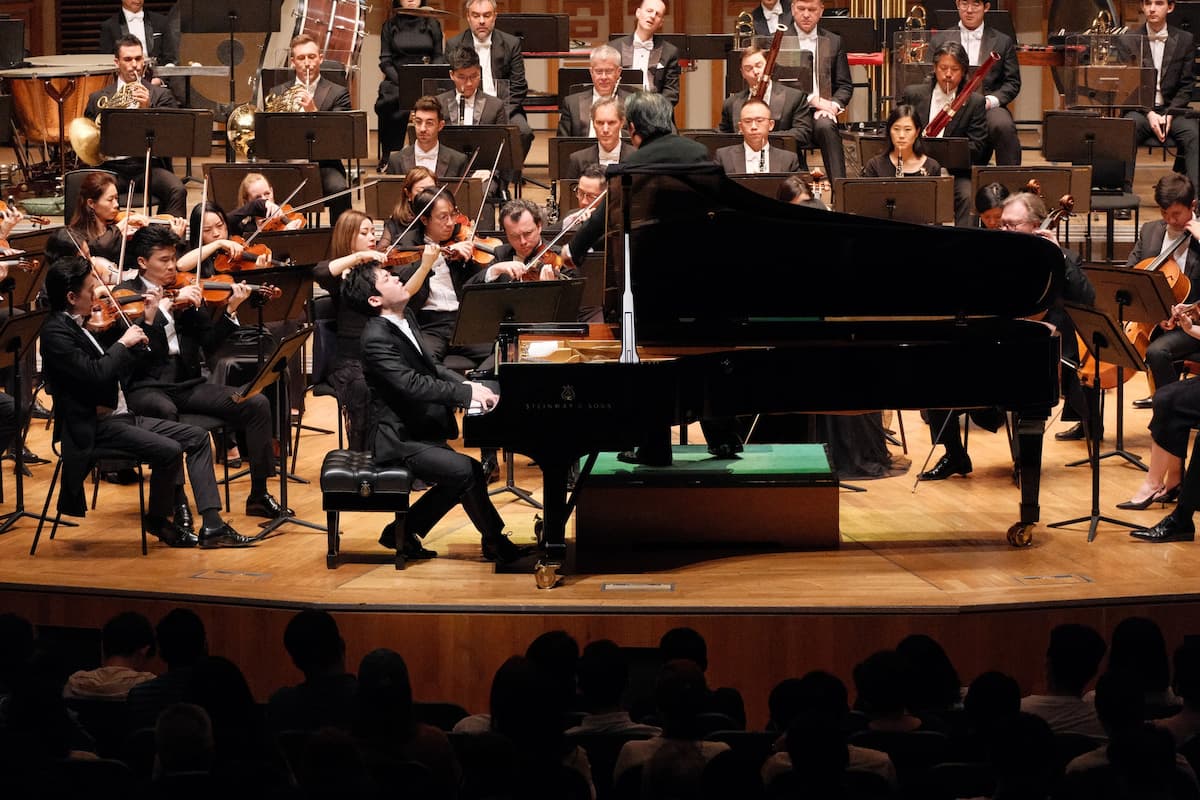
© Hong Kong Philharmonic Orchestra
Technically immaculate and emotionally supple, Zhang’s playing was anchored in substance underneath the superficial, flashy virtuosity. For instance, he carefully shaped the opening theme (which musicologist Joseph Yasser postulated to be the Russian liturgical chant “Thy Tomb, O Savior, Soldiers Guarding”) and deliberately emphasised the left hand as the theme appeared for the second time. Despite the somewhat haphazard shifts in tempo resulting in a rather episodic conception as a whole, his sheer pianism, boundless passion and lyricism consistently dazzled, demonstrating musical maturity and artistry that belied his years.
The evening concluded with a fittingly meditative reading of Andante cantabile from Mozart’s Piano Sonata in C major, K.330. Sensitive, exquisite, and thankfully followed by moments of silence before the audience expressed their appreciation.
For more of the best in classical music, sign up to our E-Newsletter

